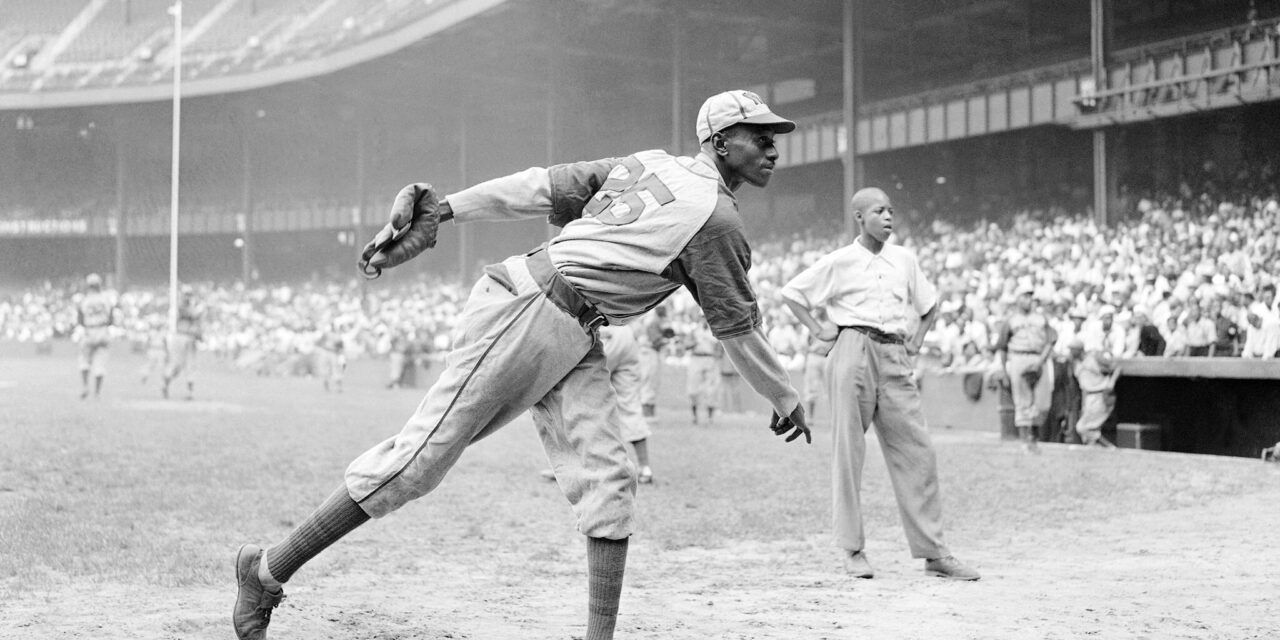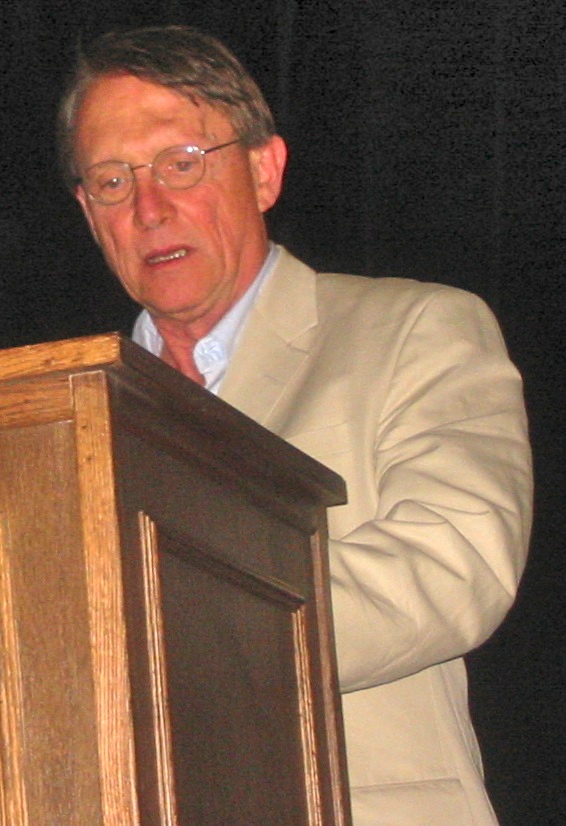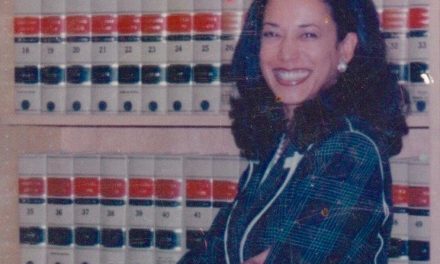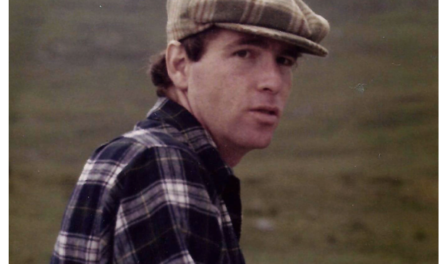In a 2018 piece about the record books ignoring two legendary power hitters, Josh Gibson and Buck Leonard, Robert O’Connell had noted “the statistical challenges of the era. By economic necessity, Negro leagues teams interspersed their schedules with games against semipro or independent squads; of the 200 or so games they played in a summer, fewer than half were official Negro leagues contests. Statistics and box scores even for those can be hard to track down, compiled as they were not by an official steward of the leagues but by the daily box scores of African-American newspapers like The Chicago Defender and The Pittsburgh Courier. And if the numbers from the Latin American leagues that often featured the best black ballplayers are the stuff of legend — Gibson’s 33 homers in 94 Mexican League games in 1941 obliterated the previous league record by 21 — they are similarly tricky to compare with the annual tallying afforded MLB’s stars.”
It may sound far-fetched, but MLB ignoring the achievements of Negro League ballplayers is quite analogous to Major League Medicine ignoring the findings published by cannabis clinicians based on their patients’ files. The intellectual segregation is so strict that the word publish is inapplicable to articles not indexed in PubMed Central. The Society of Cannabis Clinicians’ landmark survey documenting the conditions their patients were treating with cannabis may have been printed on electrobrite paper in a tabloid called O’Shaughnessy’s, and 20,000 copies may have been distributed by doctors and dispensary operators to readers, but the survey was never “published” according to the prevailing elitist jargon. Nor can we cite an intriguing case note by William Toy, MD, because only material published in the literature can be “cited.” Segregation is built into the language of Capital-S Science. Certain important sources of knowledge are simply beyond the pale.
The National Academy of Sciences, in developing its supposedly authoritative 2017 Report, The Health Effects of Cannabis and Cannabinoids: The Current State of Evidence and Recommendations for Research, ranked case reports lower than even “low-quality evidence” in terms of credibility. Case reports were simply excluded from consideration! Also excluded were abstracts from conferences and “‘N-of-1’ studies” in which patients serve as their own controls by reporting effects during alternating periods of drug use and abstinence. (Here is O’Shaughnessy’s analysis of the NAS report.) So much for clinical evidence.
O’Connell of the Times explained in 2018 that meaningful statistical comparisons with Major League Baseball can’t be made because, “Negro leagues teams interspersed their schedules with games against semipro or independent squads; of the 200 or so games they played in a summer, fewer than half were official Negro leagues contests. Statistics and box scores even for those can be hard to track down, compiled as they were not by an official steward of the leagues but by the daily box scores of African-American newspapers like The Chicago Defender and The Pittsburgh Courier.”
This is analogous to noting that the SCC doctors had used differently worded intake questionnaires and reported their findings in a tabloid. Why should that invalidate their findings? Pain patients who use cannabis reported cutting back on opioid intake no matter how the SCC doctors phrased the question! All these years later, Major League Medicine is slowly getting around to conducting the clinical trials that will confirm (or refute) the strong clinical evidence published in O’Shaughnessy’s some 15 years ago. To date none of the clinical evidence we published has been refuted by clinical trials. —Fred Gardner





